
 Prices for post-consumer PET and HDPE containers have remained relatively steady lately, though film values have declined.
Prices for post-consumer PET and HDPE containers have remained relatively steady lately, though film values have declined.
 Over the past month, recovered PET and film values have fallen, but HDPE grades have seen slight increases.
Over the past month, recovered PET and film values have fallen, but HDPE grades have seen slight increases.
 As we enter 2018, the market for most plastic packaging collected at the curb remains unchanged, although PP prices recently took a jump.
As we enter 2018, the market for most plastic packaging collected at the curb remains unchanged, although PP prices recently took a jump.
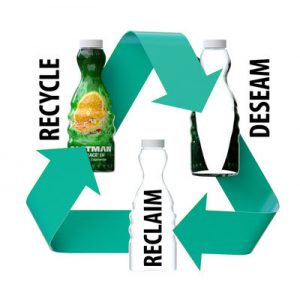
Two chemical companies have unveiled a full-wrap shrink sleeve label that comes off during a whole bottle wash. The development is part of a wider industry trend around recycling-friendly PET label strategies.
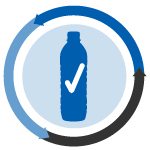 German and Paraguayan companies got the go-ahead to recycle PET into food packaging, and KW Plastics received a similar thumbs up for HDPE.
German and Paraguayan companies got the go-ahead to recycle PET into food packaging, and KW Plastics received a similar thumbs up for HDPE.
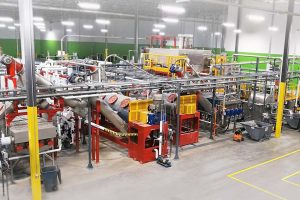
Both dry and wet de-labeling systems are helping CarbonLite’s new PET recycling facility overcome challenges from problematic bottle labels.
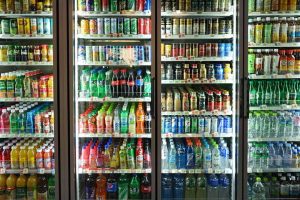
Credit: KoalaPoy/Shutterstock
Two brand owners recently made pledges to boost recycled content and improve the recyclability of their packaging. One of them, a bottled water brand, committed to using 100 percent rPET containers.
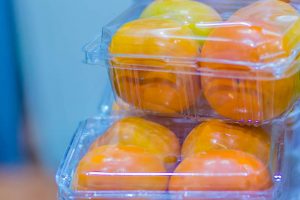
Credit: Christopher PB/Shutterstock
Facing falling customer demand, an end user of recycled PET will lay off 100 employees at its North Carolina factory.
 Scrap plastic exported out of the U.S. is moving to Southeast Asia, where reclaimers are dramatically increasing purchases as China closes its doors to recovered materials. New figures illustrate that shift.
Scrap plastic exported out of the U.S. is moving to Southeast Asia, where reclaimers are dramatically increasing purchases as China closes its doors to recovered materials. New figures illustrate that shift.
